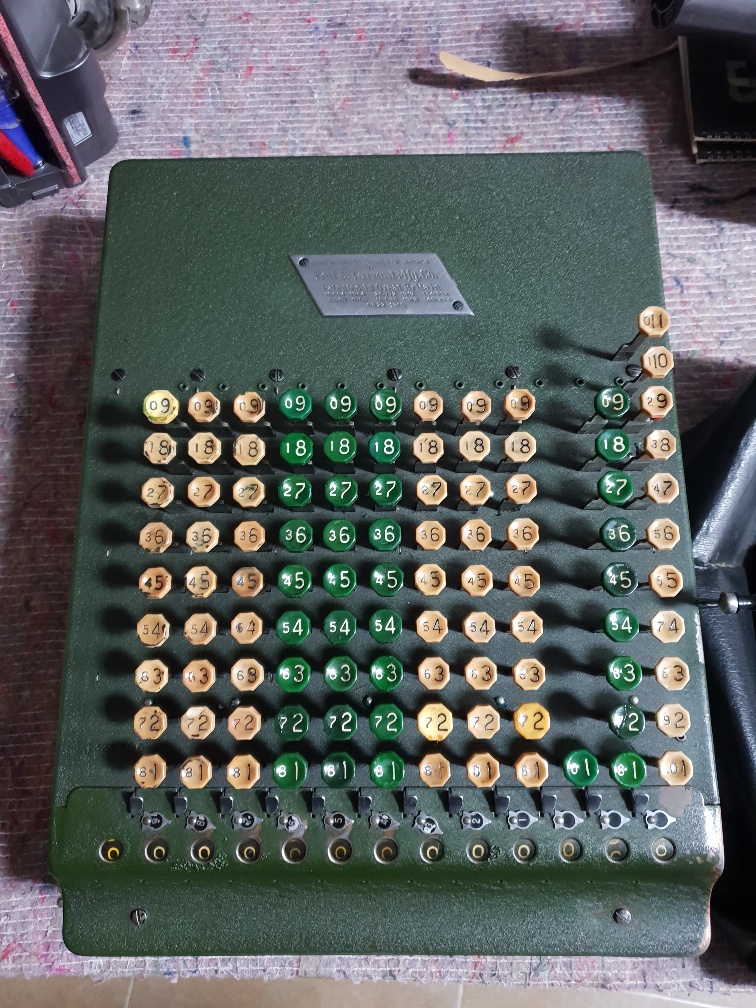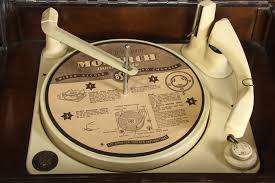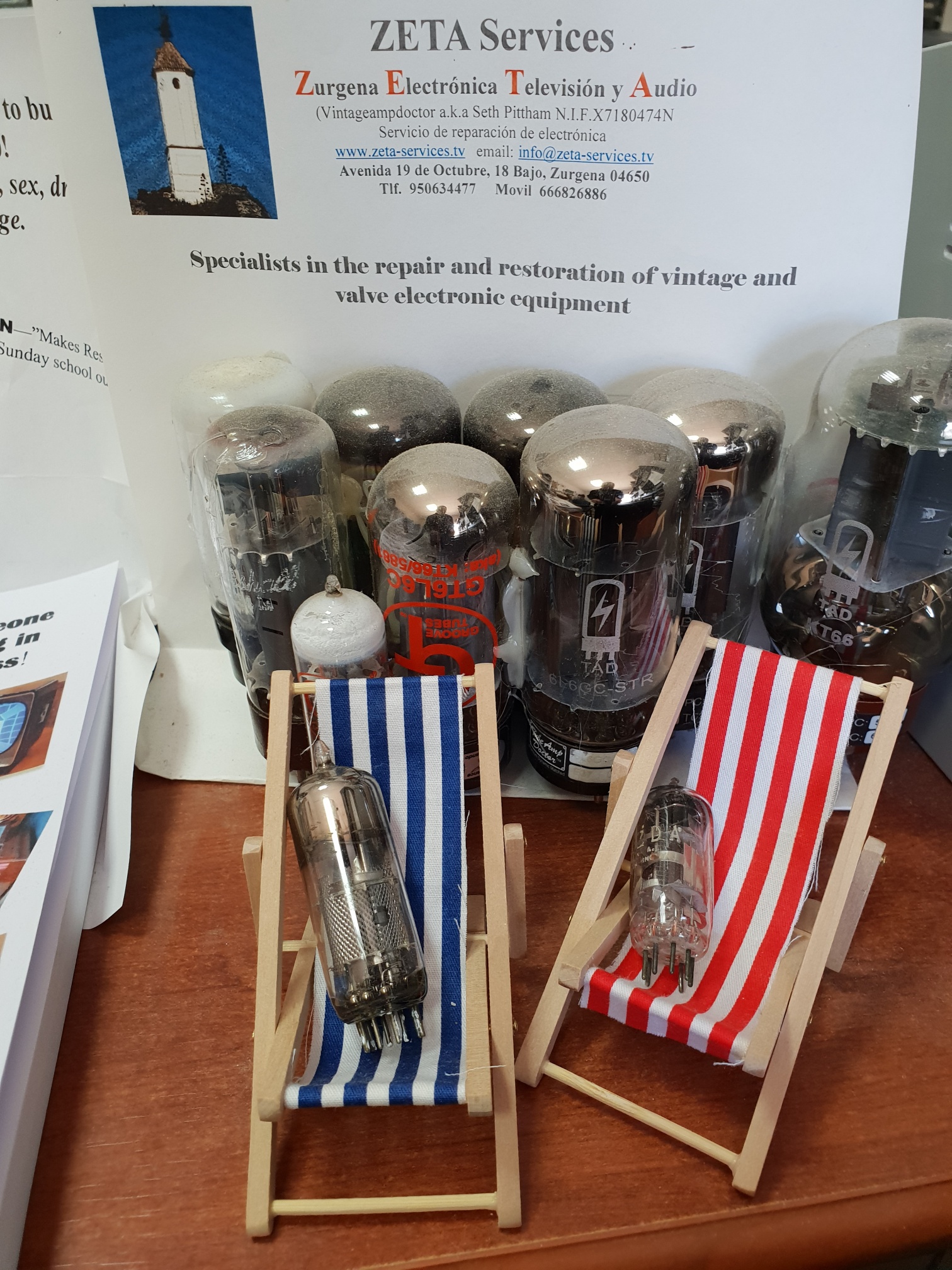Before investing your hard earned Euros in a nice new telly, you may find some of the points set out below useful. This document can be downloaded from www.zeta-services.tv and printed for use as an aide-memoire when looking around for the purchase.
Just a bit of information of different types of TV technology.
LCD, Plasma, LED, OLED etc..
LCD technology is similar to the screen on your laptop. A layer of liquid crystals are sandwiched between layers of glass in front of a backlit screen. Light comes from tiny fluorescent tubes. The crystals open and close allowing combinations of red, green and blue light through.
Plasma technology is based on tiny cells, red, green and blue. When charged and discharged by a high voltage, the gas in the cells, very quickly turns to plasma, causing the pigment (red, green and blue) in the cell to shine.
LCD (LED backlight) is similar to LCD above, but the back light comes from arrays of bright LEDs
LED
The screen is made up of thousands of tiny LEDs, red, green and blue. What you see here, like plasma, is a direct light source.
OLED (organic light emitting diode)
Here we have the latest technology. A very thin layer of glass containing a matrix of organic diodes (carbon based).These shine bright when energised. These panels can be see-through when not working or made into mirrors. About $10,000 for a set at the moment.
Pros, cons….
Reliability
By nature of the way they work, Plasma TVs generate more heat than the other types. The insides have to work jolly hard to bring you the picture. LCD sets, most power is used in the backlight tubes and the associated power supply and drive systems. The sets consume less power and therefore generate less heat. LCD (LED backlight) sets use less power still. LED sets are probably the most efficient and heat is minimal. So, from my experience and general industry feeling; LCD is probably more reliable than Plasma, LED, better still.
Picture quality
A couple of things to look for when buying a flat screen set; a) how it deals with a high speed motion picture or images. The picture you see has been massively digitally processed. A mark of the set’s quality is the speed at which all the data can be handled. Get yourself a DVD of some fast action scenes. Waterfalls are great testers. If the image is all juddery, you may find it annoying. Look for a high refresh rate (400hz or more). Certain makes of TV have a built in “display – demonstration mode”. This can be run in the store and normally consists of a HD image, vivid and slow moving to give the impression of a great picture. Always request to see something live. Some LCD sets have an annoying limited viewing angle and are best viewed square on. b) Consider how much ambient light there is in the room where the set is going to be used. If there will be plenty of natural light, you may want to consider a LED TV as these will tend to give a more vivid brighter image.
Most sets will have several different picture settings which are pre-programmed “Vivid, Cinema, Sport” etc.. Don’t forget to experiment with these in order to obtain a picture that suites you best.
Consider…..
1. Warranty. Know exactly what the warranty consists of. Should a fault occur within the warranty period, do you have to take it to a repair agent (miles away), does a little man in a van come out…? Make sure the terms are written down! Keep the invoice! Keep the original packing! Remember in Spain you have two years warranty. The manufacturers don’t give that to the stores as a general rule, that’s why stores always try to wriggle out of that commitment. Ask for the store’s complaints book if there’s a problem.
2. It costs the stores a lot of money in the stocking of TVs etc. and often the display set will be the one you are sold. I have every sympathy with smaller stores as the margins and profits are very small. If you want a brand new set, ask. Check the packing to ensure it has not been opened. There are ways of finding out how many hours the set has been used, if its something that concerns you.
3. It’s worth using a UPS (uninterruptible power supply) or SAI to power your audio visual equipment. This will reduce mains disturbances causing possible damage to the set. The rating of the UPS will depend on the size of TV and or the number of appliance connected to it. Contact me for advice if you wish. Most electronic equipment does not like having it’s power momentarily being interrupted, not allowing a full reset or restart to take place. The short power disturbances that we get here can cause a number of different faults.
4. When transporting, always keep sets upright. Don’t lay them down on their screens or backs. Pressure on the front of a LCD panel can cause it to crack or be wounded, leaving a shadow which will worsen in time.
5. As rough guide, a LCD or Plasma, on average, tends to run for about 3-5 years, before you have to attend a fault. You may want to factor that in.
6. When replacing an older set, make a note of the number of SCART connectors / sockets you are using. Latest sets tend to have one, rather than 3 in older sets. There are ways around this. You may be able to “daisy chain” your Sky Box through your video and or DVD player. It may be that you are not taking advantage of the HDMI connectivity which will give you a better picture over SCART. Your new TV will be HD compliant, so make the most of the latest facilities. SkyHD boxes and others alike (Humax etc..), will have HDMI connectivity. So, wherever possible use these connections. Again, remember to buy extra HDMI leads if required.
7. Check on how the set will interface with your home cinema system if you are using one or intend to do so. Does it have the HDMI connection etc. At present, if you are linking your TV to your home cinema system, this may be done via the phono lead for audio output (red and white coloured leads). Make sure that your new TV has this facility or if you can make use of the HDMI outputs from the TV to your home cinema system. If you do not have this, adaptors can be bought.
8. Many people who are hard of hearing use wireless headsets to listen to the TV. These are normally connected to the Headphone socket of the TV, which when used, mutes the built in speakers. Make sure that the new TV has a headphone socket or an audio output that can be fed into the wireless headphone base station. If this is not the case, work-arounds can often be found.
9. As modern sets get slimmer and thinner, the sound sometimes is heard to be a little “tinny”. Loudspeakers have to be small in order to fit the slim cabinets and as such tend to be a sound being a little devoid of the lower frequencies. An option to overcome this, if you are not using a home cinema system, is to have a “sound bar”. This is a separate amplifier and speaker system which sits under the TV giving a much improved sound. Again, make sure that you know how it connects to the TV. Like branded equipment normally has a common remote control option.
10. When buying a set, if it is going to be your main set, get a branded name. LG, Samsung and so on. For out of warranty for ongoing repairs, LG spares are probably more widely available and less expensive. Many sets use LG chassis, badged as different names. I am not saying supermarket brands are poor quality. For a second low usage set, that would be fine. Some of these sets use internal parts made by big manufacturers such a s Vestel and are good value. However, you can never be sure. Again, buying from these big chains, check the warranty terms.
11. Leave space for ventilation around the set. Don’t place it with the back facing a window where the sun comes in. That can add 30 degrees to the working temperature in a set with a black painted rear. Preferably try not to mount it above a hot fireplace. Smoke particles can be drawn into the layers of polorising and defusing plastics that make up an LCD panel, causing damage to the image. This can be an expensive repair.








